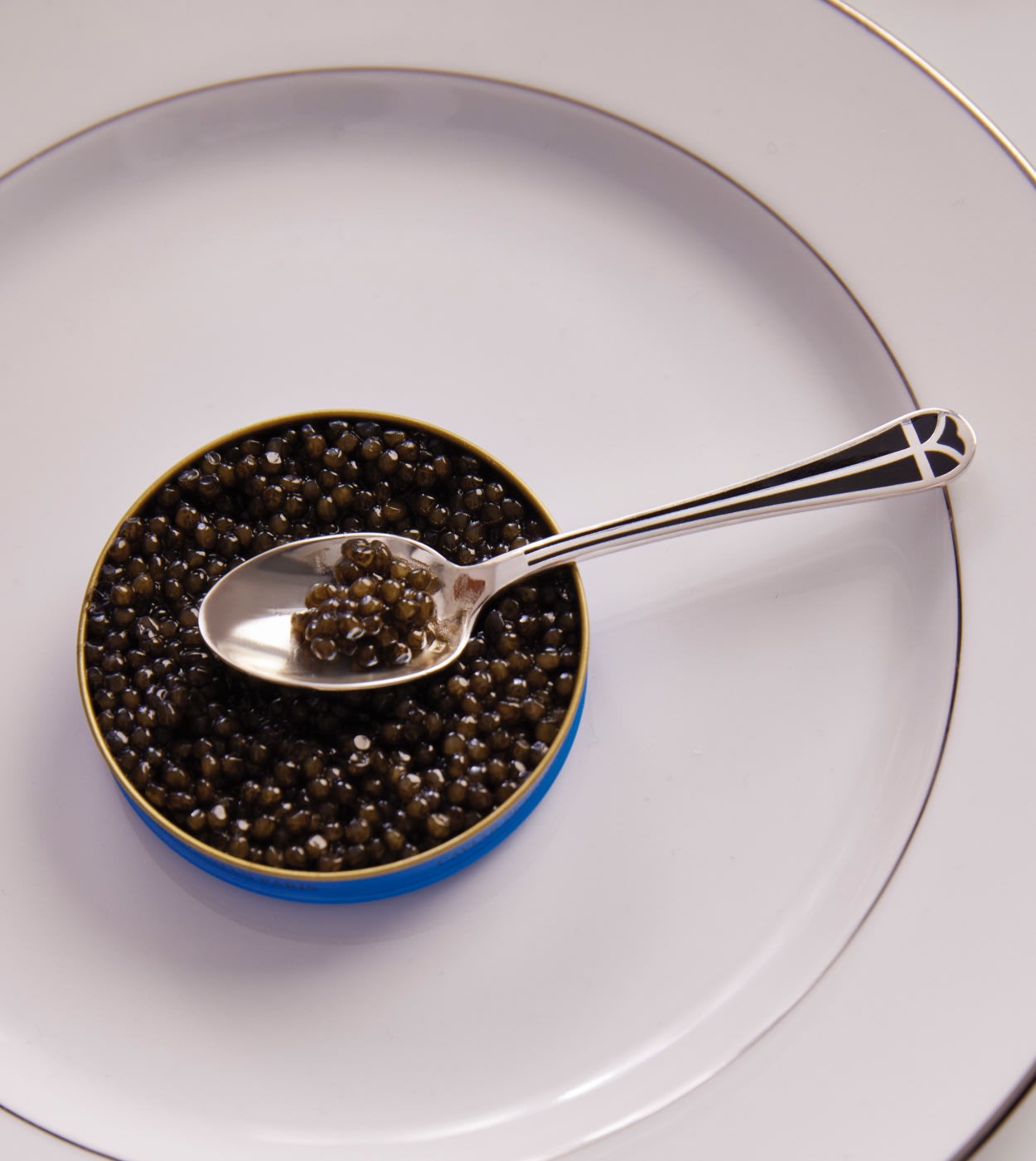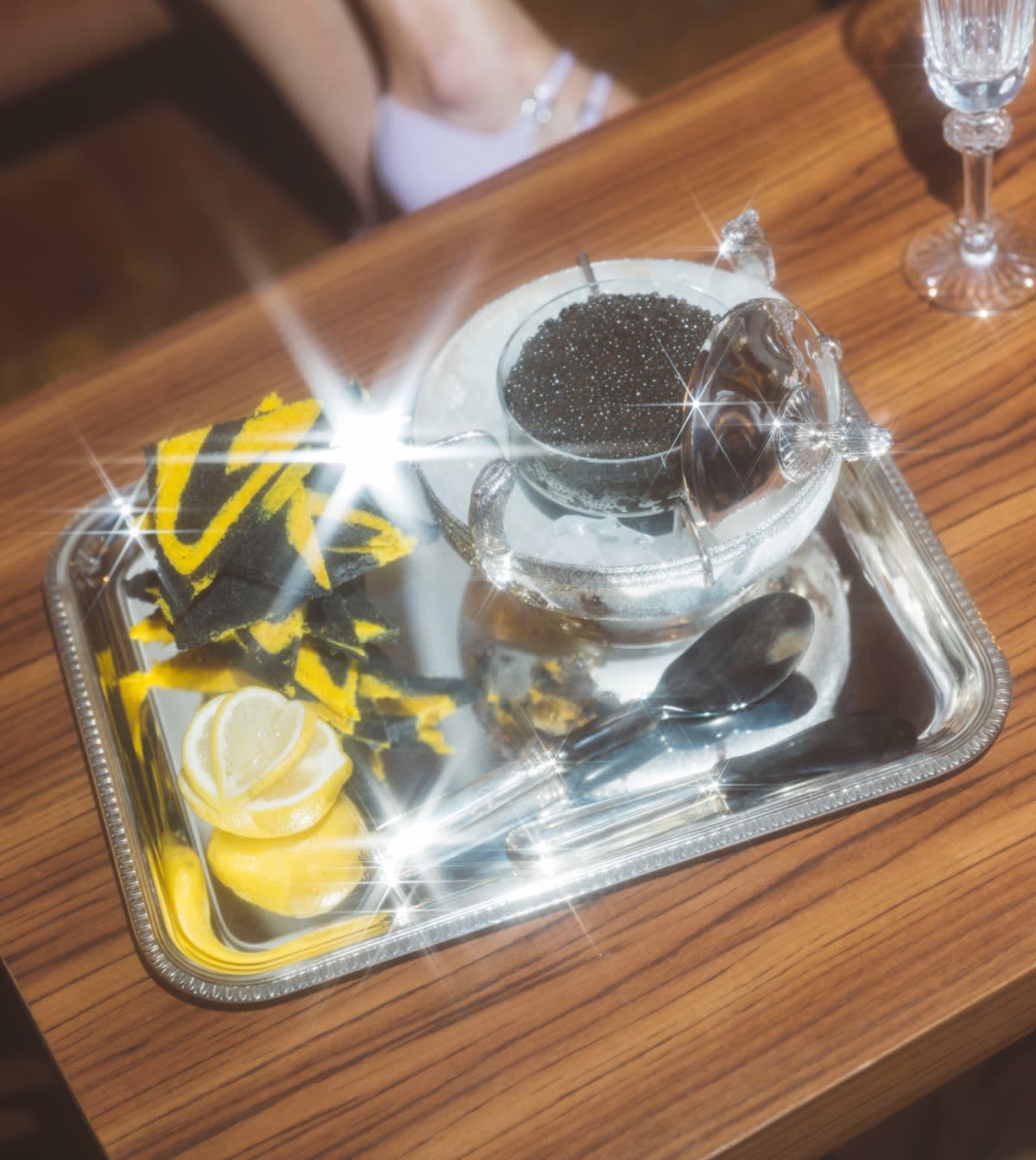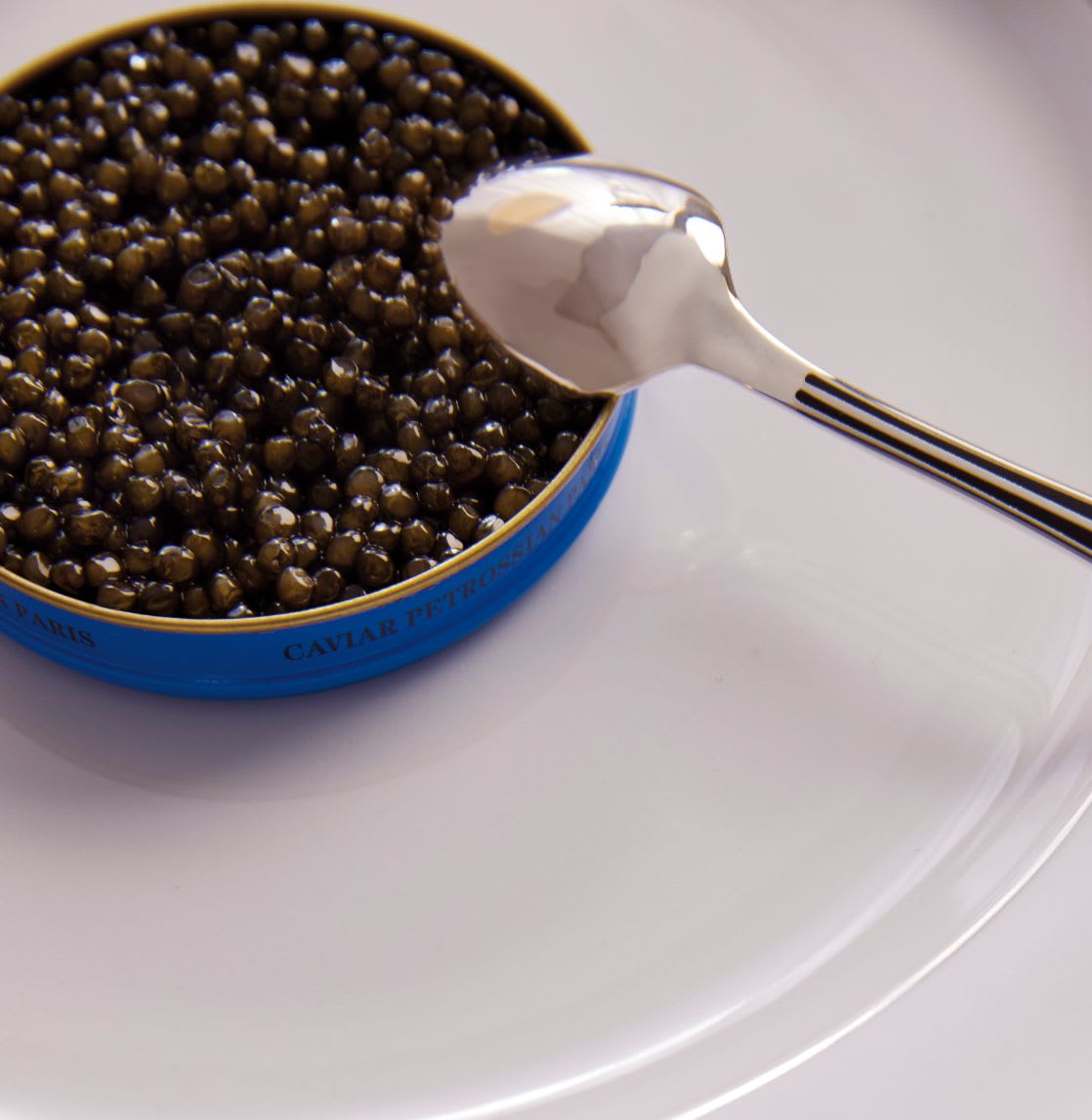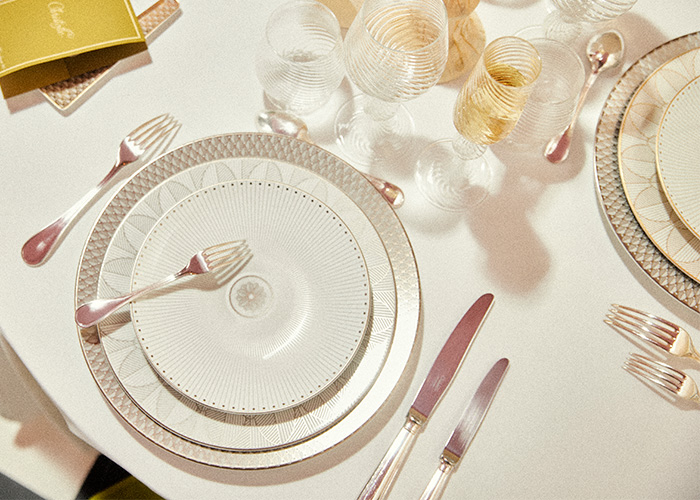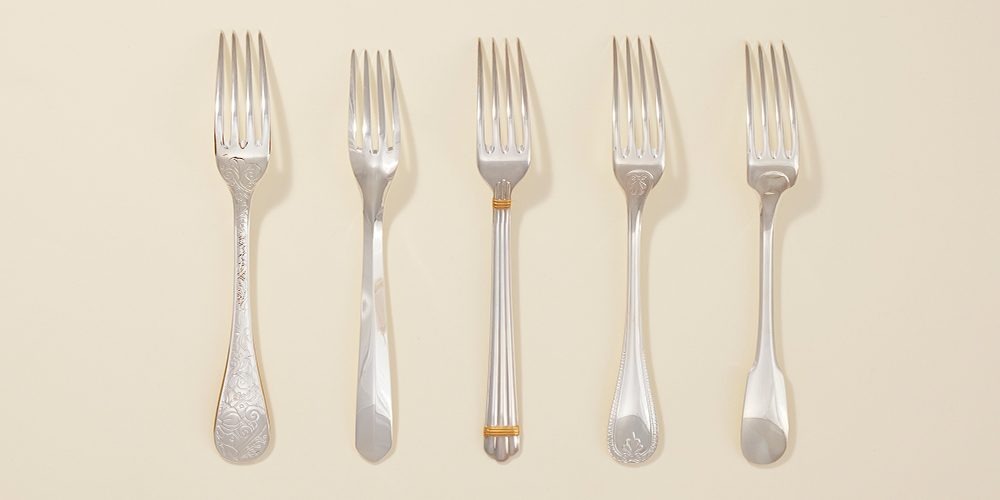Eat caviar Like a Connoisseur
Feeling fancy over the holidays? Here is how to serve (and eat!) caviar like a seasoned pro. Caviar is a true delicacy, the salty bubbles pop in your mouth like Champagne. A tiny little bit is all you need.
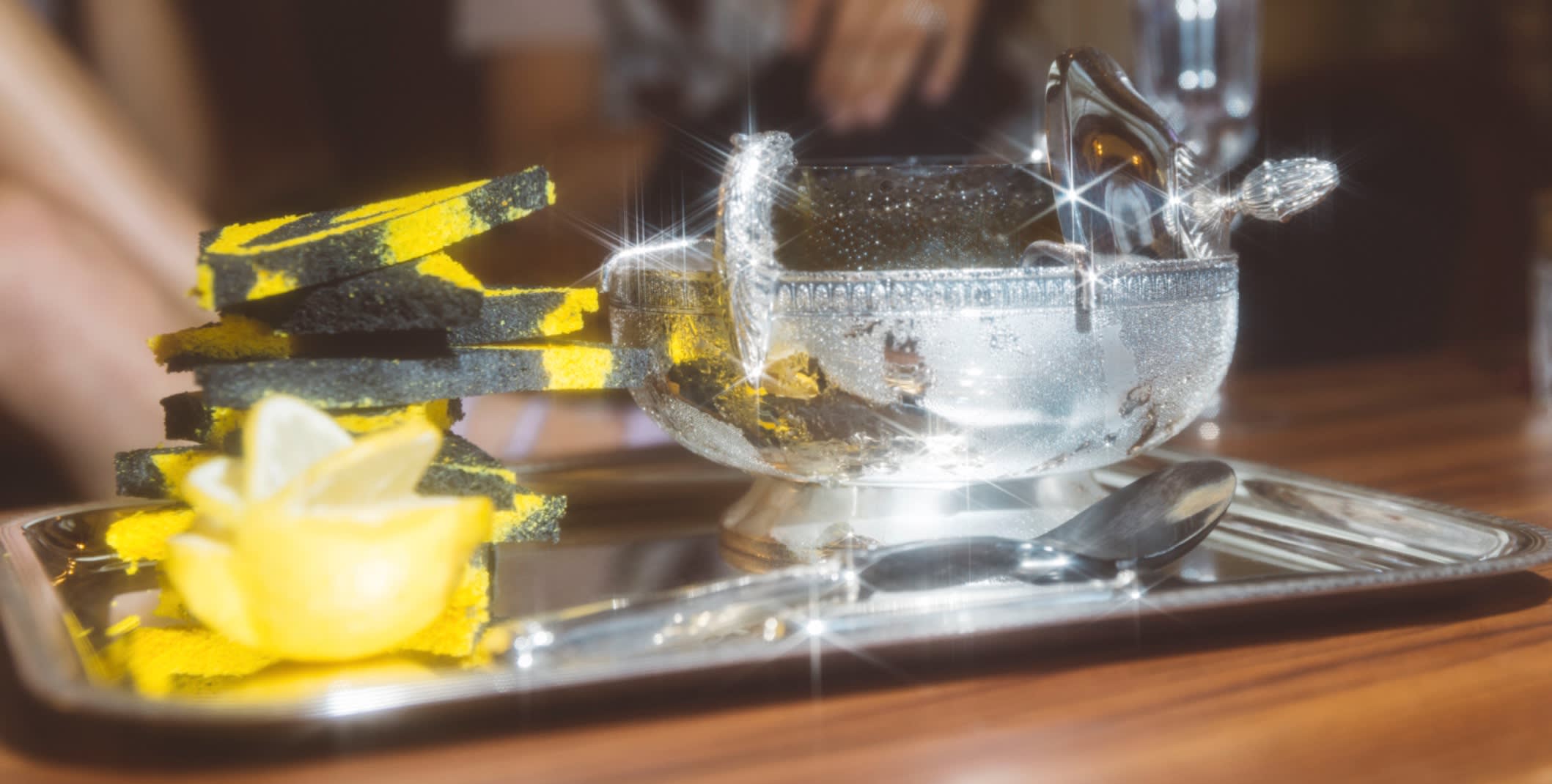
Before Opening Your Caviar
Before opening the jar or tin, take a moment to decide how you’d like to serve your caviar—whether on its own or with accompanying foods. While making this choice, keep the caviar in the fridge, as it should always be served chilled, not at room temperature.
Once you’ve decided, prepare the appropriate tableware and accompaniments. If you plan to enjoy the caviar without any additions, make sure to have a bowl of crushed ice or an ice pack ready. The caviar should be served sitting on ice to maintain its ideal chill throughout the experience.
Before serving, wash your hands thoroughly and ensure that all kitchenware and tableware are impeccably clean. Then, you’re ready to open the jar or tin and begin serving the caviar.
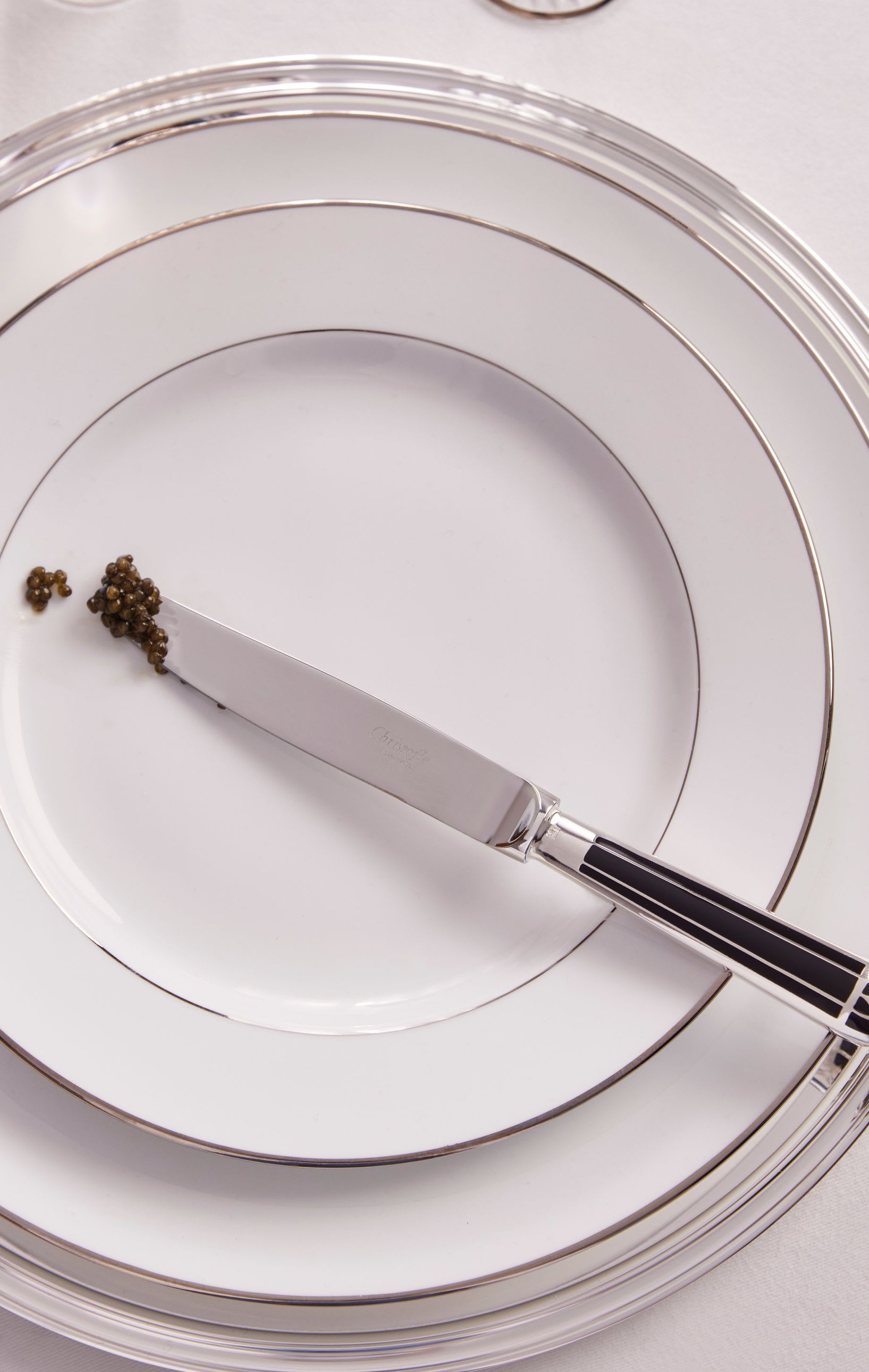
Select The Right Caviar
Caviar comes from various sturgeon species, and each type has unique characteristics. The main types are:
- Beluga: The largest caviar eggs are light in color (from silver to pale gray) and have a delicate, buttery taste. It's considered the most luxurious and expensive.
- Ossetra: Medium-sized caviar eggs, ranging from golden to brown. It has a nutty, earthy flavor and is highly regarded.
- Sevruga: The smallest caviar eggs, dark gray or black. It has a more intense, salty flavor and is usually more affordable.
- Hackleback, Paddlefish, and others: These are alternatives to traditional sturgeon caviar and are often less expensive. They offer a slightly different taste and texture.
Choose The Right Caviar Flavor
Caviar varies in flavor, from mild and creamy to bold and briny. When selecting what you want to eat, think about your taste preferences:
- Delicate Flavors: Beluga or Ossetra caviar, known for their mild and buttery taste, are great choices.
- Stronger Flavors: Sevruga and certain types of roe (like Paddlefish) have a stronger, more pronounced brininess.
- Salt Content: Some caviar may have more salt than others, affecting the overall flavor. If you're not sure, try to sample the caviar before purchasing.
Find Your Serving Essentials
When it comes to serving caviar, presentation matters. Ensure you have the right tool to keep the caviar chilled over ice to maintain its optical temperature. You will want to choose from our Malmaison or Vertigo caviar serving set.
The Right Accompaniments
Indulge your taste buds with thoughtful pairings to transform a simple bite into a luxurious delight. Serve & eat your caviar with delicious blinis, crème fraîche, and finely chopped shallots for a delightful combination. Spread and serve your delicacies with our selection of caviar spoons or even our Malmaison spreader.
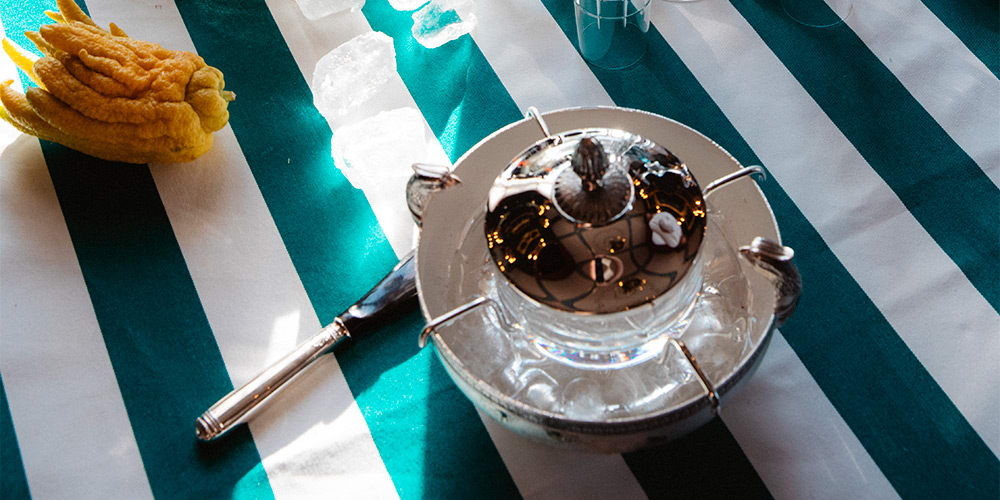
Our Final Thoughts
Eating caviar is a luxurious experience that should be savored and enjoyed with all the senses. By following these simple tips—choosing the right caviar, serving it properly, and savoring every bite—you can fully appreciate this exquisite delicacy. Whether you’re celebrating a special occasion or indulging in a little luxury, eating caviar is an experience that should never be rushed. Bon appétit!

